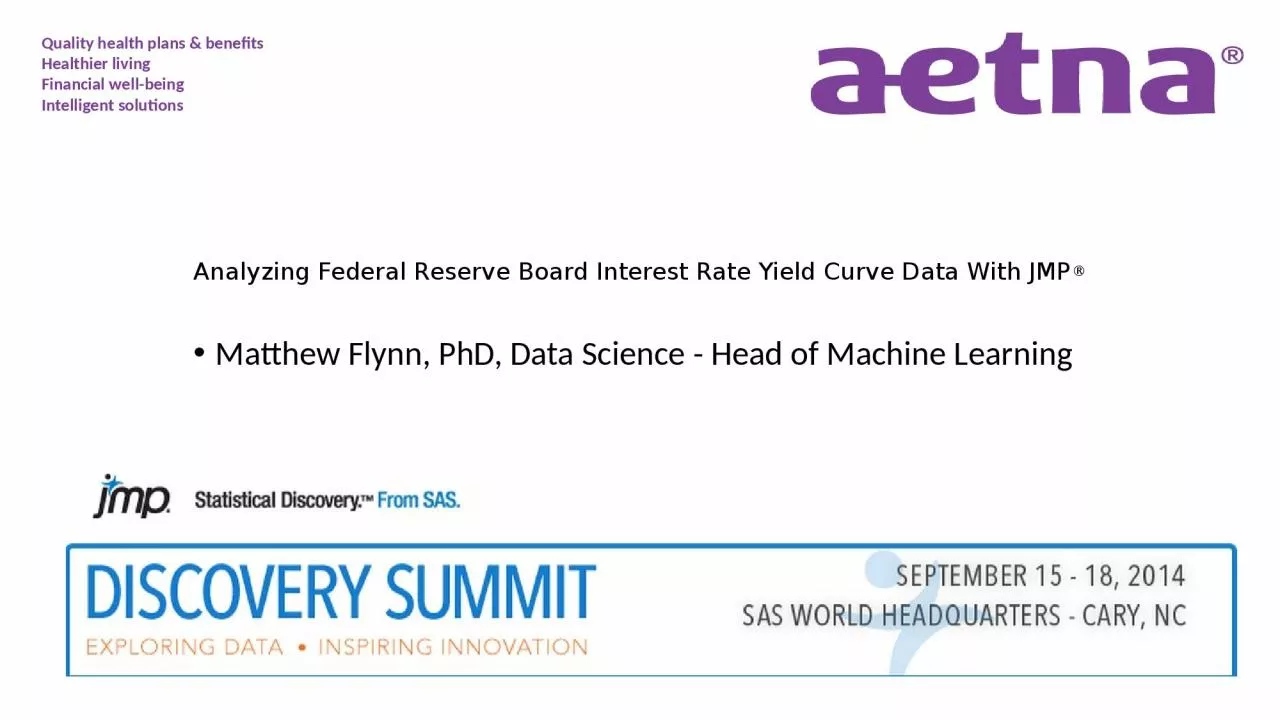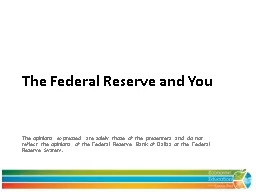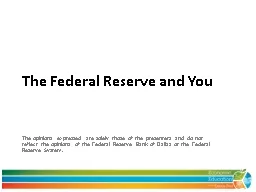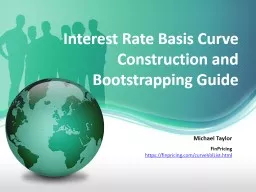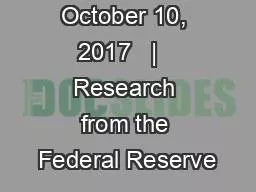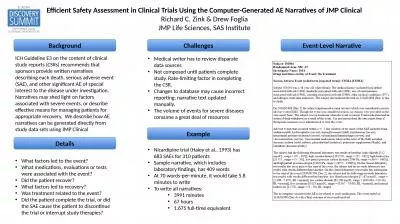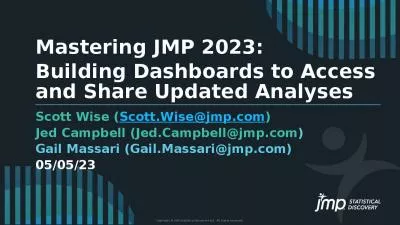PPT-Analyzing Federal Reserve Board Interest Rate Yield Curve Data With JMP
Author : smith | Published Date : 2023-11-07
Matthew Flynn PhD Data Science Head of Machine Learning Introduction This presentation walks through retrieving current interest rate data from wwwFederalReservegov
Presentation Embed Code
Download Presentation
Download Presentation The PPT/PDF document "Analyzing Federal Reserve Board Interest..." is the property of its rightful owner. Permission is granted to download and print the materials on this website for personal, non-commercial use only, and to display it on your personal computer provided you do not modify the materials and that you retain all copyright notices contained in the materials. By downloading content from our website, you accept the terms of this agreement.
Analyzing Federal Reserve Board Interest Rate Yield Curve Data With JMP: Transcript
Download Rules Of Document
"Analyzing Federal Reserve Board Interest Rate Yield Curve Data With JMP"The content belongs to its owner. You may download and print it for personal use, without modification, and keep all copyright notices. By downloading, you agree to these terms.
Related Documents

